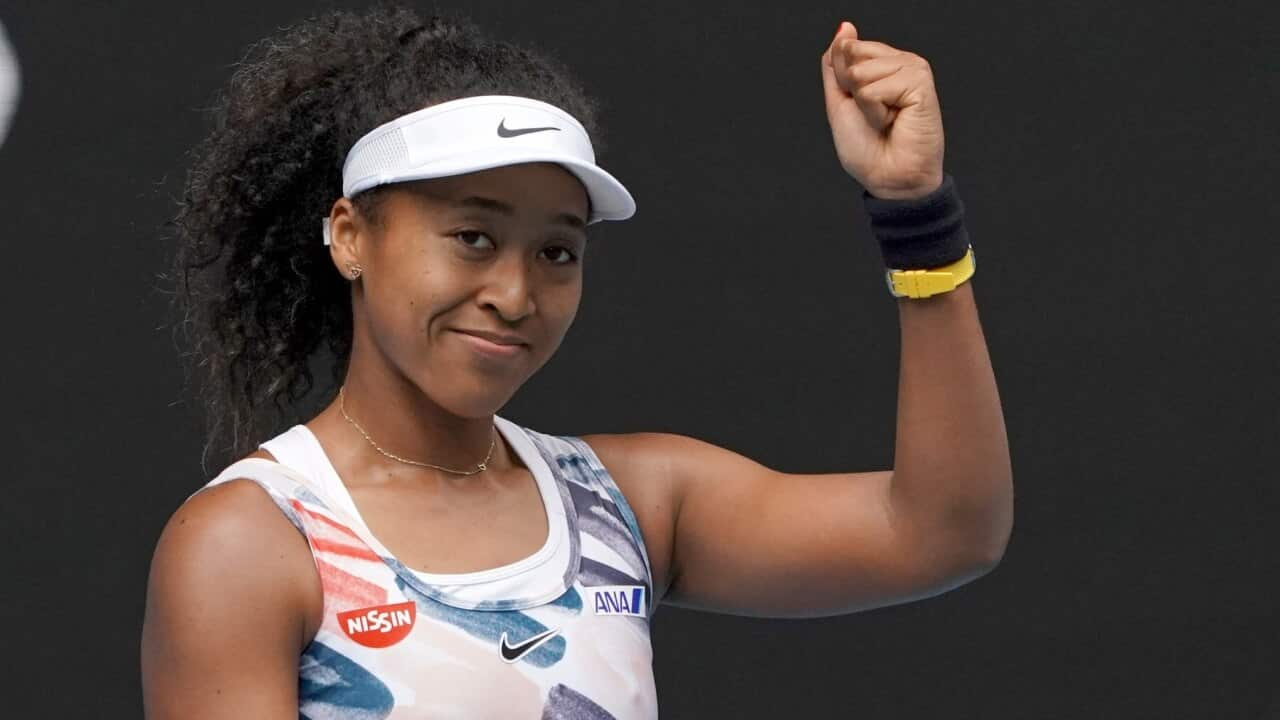OPINION
Over the weekend tennis legend Serena Williams and three-time grand slam winner Naomi Osaka both headed into the quarter-finals of the Australian Open. While both their matches were riveting to watch, what was even more exciting for me was to see two proud Black women (Osaka is of biracial Haitian and Japanese heritage) showcasing the peak of women's tennis.
As someone who grew up watching homogeneously white people playing tennis at the grand slam level, seeing these women hitting it out made me feel proud to be a fan of the sport. Not least, because my own children who are biracial like Osaka, are starting to become more interested in tennis - both playing it as a sport and watching it as spectators. There's nothing like having role models who also look like you, to encourage you to push yourself further in your field of interest.
These women aren't just amazing players on the court. Both Williams and Osaka know the responsibility they carry for being trailblazers in the world of tennis which is why social activism has been important to them.
As someone who grew up watching homogeneously white people playing tennis at the grand slam level, seeing these women hitting it out made me feel proud to be a fan of the sport.
Osaka has been a vocal advocate for the Black Lives Matters movement, and garnered much attention at last year's US Open for wearing face masks bearing the names of Black people killed by US police officers to each of her tennis matches.
“I’m most proud of getting conversations started where they might not otherwise have been,” Osaka said . “For example there were BLM marches in places like Japan, that I’m not sure was imaginable a few months ago.”
Meanwhile Williams, who turns 40 this year and made her professional tennis debut at the age of 14, has ridden through the highs and lows of being a prominent and hugely successful Black athlete on the world stage. She has vowed to but it's on the court that Williams has really stood out - being called the Greatest Of All Time (GOAT) by many.
Yet she's still had to at many points in her career, including what many considered to be that caricaturised her features and appeared in an Australian newspaper. The cartoon not only depicted Williams in an insulting way it also white-washed Osaka who appeared in it as a blonde, white woman.
However the cartoon was just another bump in the road, that Williams gracefully stepped over because she's had bigger things in mind - such as of tennis players.
Last year for example, saw more Black women playing at the US Open than ever before, with many to Serena and her sister Venus Williams' legacy.
And it's not just Americans, but players from all over the world, including Australians such as Destanee Aiava , “I was watching the Oz Open on TV and I was watching Serena and I I was like, ‘I want to become No.1 in the world’.”
Osaka too credits Williams for . But she herself is now inspiring many young athletes in her own right, not least because of her and her excellence on court.
Watching these two amazing athletes playing on court has reminded me of how far tennis has come as a sport. As Mal Washington, the last African-American man to reach a grand slam final 24 years ago, there was a time when he couldn't play at certain clubs because they didn't allow Black players there.
As someone who has followed the sport since the 90s it's heartening to see women like Osaka and Williams and the countless other athletes coming up behind them, make this sport a much more diverse and inclusive one than it ever was before.




